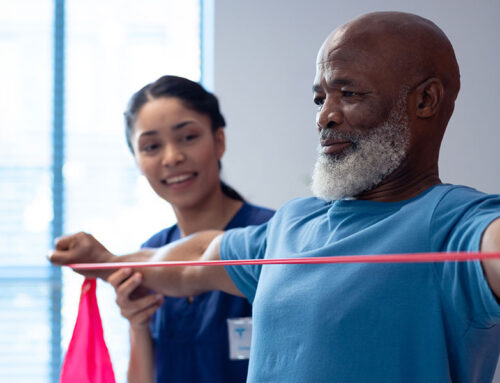What to look for in exercise rehabilitation
Recent research demonstrates strong evidence to support the use of therapeutic exercise in the management of patients with injuries, particularly low back pain. These exercises ideally should focus on the retraining and recruitment of the stabilizing muscles of the trunk (core stability) as well as improving posture, strength and flexibility.
It is important to discuss your needs with your Myotherapist, so that they can advise the best option for you. Here is a brief overview of some of the most common forms of exercises for rehabilitation of a back injury;
CLINICAL PILATES
Clinical Pilates is a form of physical exercise that focuses on posture, core stability, balance, control, strength, flexibility, and breathing. Clinical Pilates is often used in conjunction with Physical therapies such as Myotherapy, Osteopathy and Physiotherapy as a means of treating a variety of injuries, particularly those of the neck, back, hips and pelvis.
Although Pilates can be extremely beneficial for patients with certain injuries, it needs to be specific to the individual and not used as a generic tool for everyone. Clinical Pilates (as distinct to generic Pilates classes) identifies this key issue by applying carefully selected exercises to patients with specific injuries. This ensures optimal gains whilst minimising the likelihood of injury aggravation.
A combination of specialised Pilates equipment is generally used, including, Pilates reformers and trapeze, as well as floor based exercises. Clients begin Clinical Pilates with an assessment, generally performed by a Physiotherapist qualified in Clinical Pilates.
At this stage any weakness and/or muscular imbalances will be recognised and an exercise program to address these will be provided. Clients will then work with a qualified clinical Pilates instructor one-on-one or in small groups (4-6), depending on their needs.
Instructor Qualifications
To perform Clinical Pilates you must be degree qualified in Physiotherapist, Osteopath etc. Then undergo Clinical Pilates course. All instructors will be highly qualified.
Elite Myotherapists utilise the expertise of the Pilates Instructors at Balance and Control Pilates to tailor specific programs for clients. 03 9429 6448
PERSONAL TRAINING
Personal Training will work with clients one-on-one and offer individuals a variety of exercises and a program specific to the individual’s needs. Personal training studios and gyms are everywhere, so this option tends to be appeal to clients as they can find a convenient location.
Instructor Qualifications
Look for a Personal Trainer that has a degree qualification in Health Science or Sports and Exercise Science (or equivalent), or who has been in the industry for a while, as they will have a far better understanding of your injury and suitable exercise prescription.
Elite Myotherapy has worked very closely with Brendan Rigby and his team of Exercise Physiologists at Inspire Fitness in Balwyn over the past 6 years to improve the health and lifestyle of hundreds of clients.
Our teams conduct combined Professional Development activities to help educate each other and get the best balance and results for clients. If you are looking for personal training, they are definitely worth a call. (03) 9857 3007
GYM MEMBERSHIP
A general gym membership has the advantage of being a far cheaper option then Clinical Pilates and Personal Training. Most gyms offer a personalised program to be written for you, including strength and cardio training; however this is unlikely to be very injury specific.
Group Fitness classes can also provide variation and motivation to clients, however they tend to be ‘one size fits all’ and little accommodation can be made for injury. Joining a gym is a good option if you have already undergone some specific core stabilising and retraining and are looking for maintenance. If you’re still in the early days of an injury the above options would provide a far better outcome.
Instructor Qualifications
There is a huge variation of qualifications here. All that is necessary to work as a Gym Instructor is a four week course, so do your research to ensure that you’re in safe hands.
SWIMMING, WALKING, CYCLING
These are fabulous forms of exercise and will help to maintain cardio vascular fitness and general health. These forms of exercise are best combined with a specific core stabilising and retraining program such as the options listed above.
By Lani Guskich






